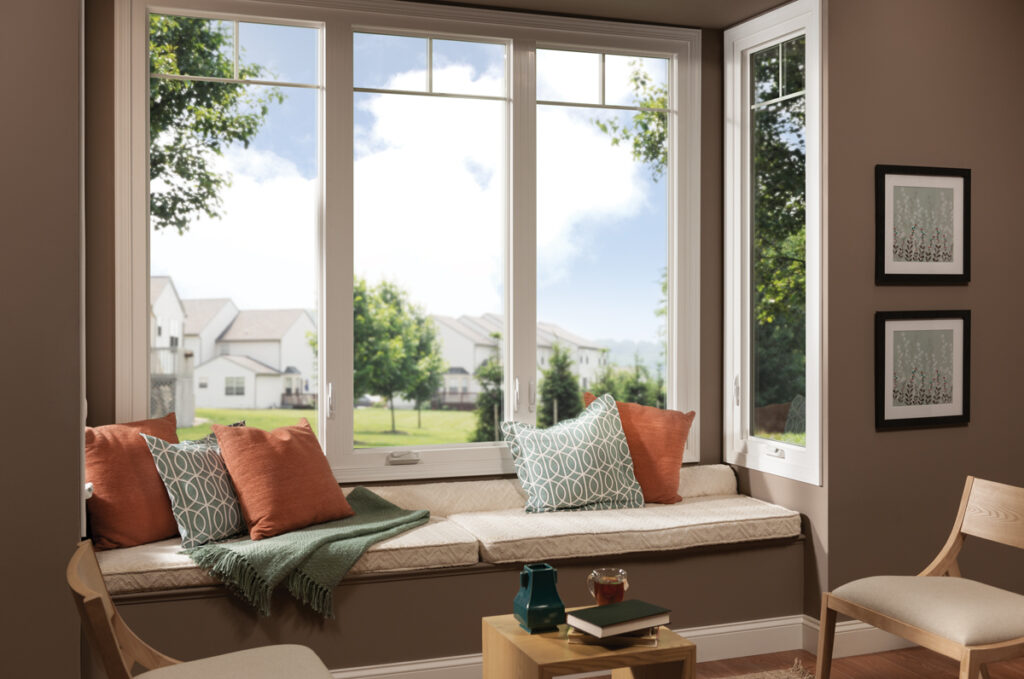Maximizing Your Windows for Efficiency and Comfort
According to the U.S. Department of Energy, about 30% of your home’s heating and cooling energy is lost through your windows. Upgrading your windows can significantly improve efficiency, keeping you comfortable year-round while reducing energy bills.
For Windows in Decent Condition:
If your windows are in good condition, there are things you can do to improve efficiency while saving money on energy costs – rather than having to replace the windows.
First off, check for leaks. You’ll want to caulk and weatherstrip areas as needed. When looking at weatherstripping, consider the window’s location and choose an appropriate option for the weather, temperature changes, and general use associated with its location.
It will be important to consider if the panes slide up and down, sideways, or outward, as you’ll want the weatherstripping to seal well when the door or window is closed; however, it will also need to open freely.
Energy-Efficient Windows:
Investing in energy-efficient windows is a smart choice, especially if you plan on staying in your home for a decade or more. These windows incorporate advanced materials and features like multiple glass panes, window spacers, gas fills, and insulated frames to create a thermal barrier. They harness solar energy to heat the house or prevent excessive heat buildup.
Consider the following tips from Energy.Gov when exploring energy-efficient windows:
- Look for the ENERGY STAR and NFRC labels.
- Opt for gas-filled windows with low-e coatings in colder climates to minimize heat loss. In warmer climates, select coatings that reduce heat gain.
- Choose a low U-factor for better thermal resistance in colder climates; the U-factor is the rate at which a window conducts non-solar heat flow.
- Look for a low solar heat gain coefficient (SHGC). SHGC is a measure of solar radiation admitted through a window. Low SHGCs reduce heat gain in warm climates.
- Choose windows with both low U-factors and low SHGCs to maximize energy savings in temperate climates with both cold and hot seasons.
- Look for whole-unit U-factors and SHGCs, rather than center-of-glass U-factors and SHGCs. Whole-unit numbers more accurately reflect the energy performance of the entire product.
Learn more about energy performance ratings for Windows. If you have any questions or need design assistance, contact a PARR Windows expert. Let’s make your windows work for you!
#EnergyEfficientWindows #HomeImprovement #WindowUpgrades #PARRWindowsExpert


